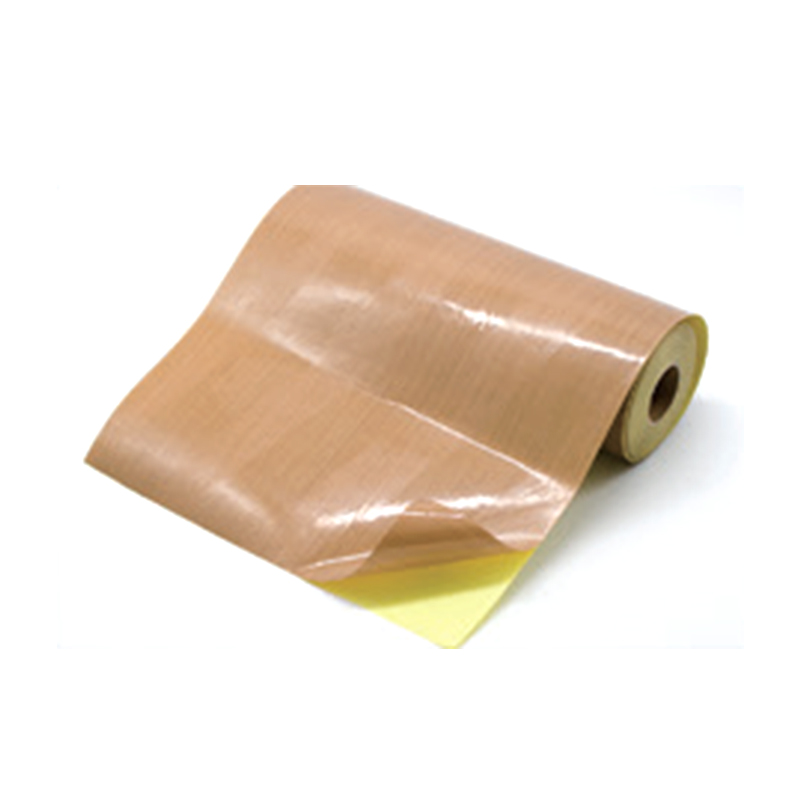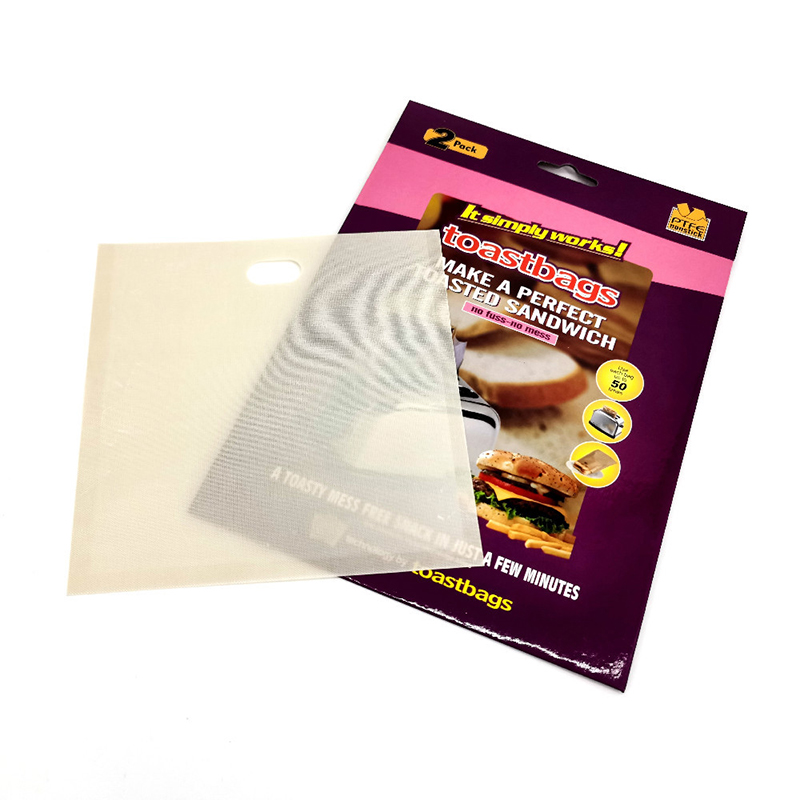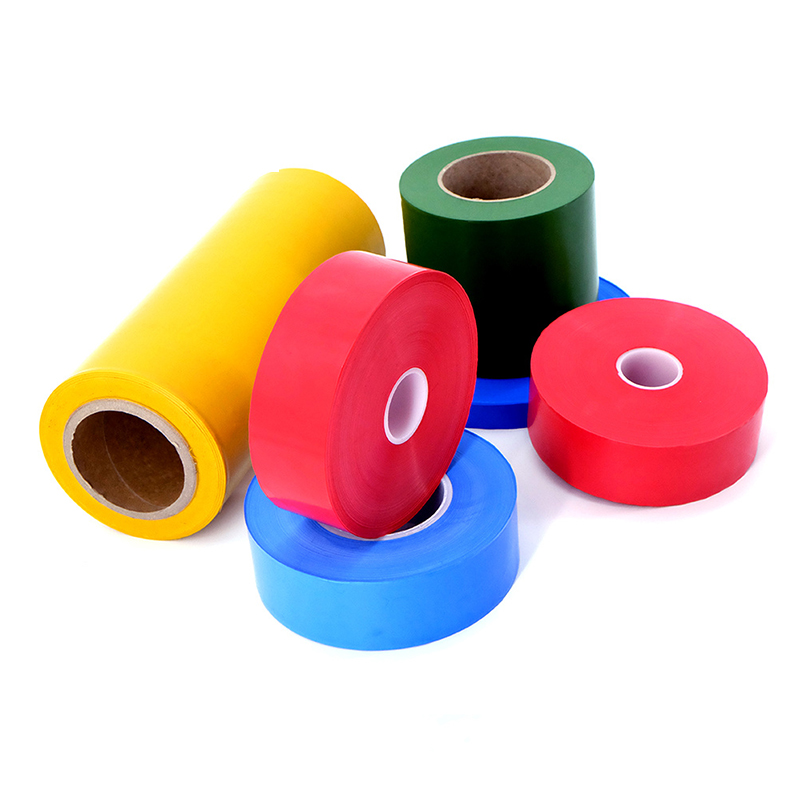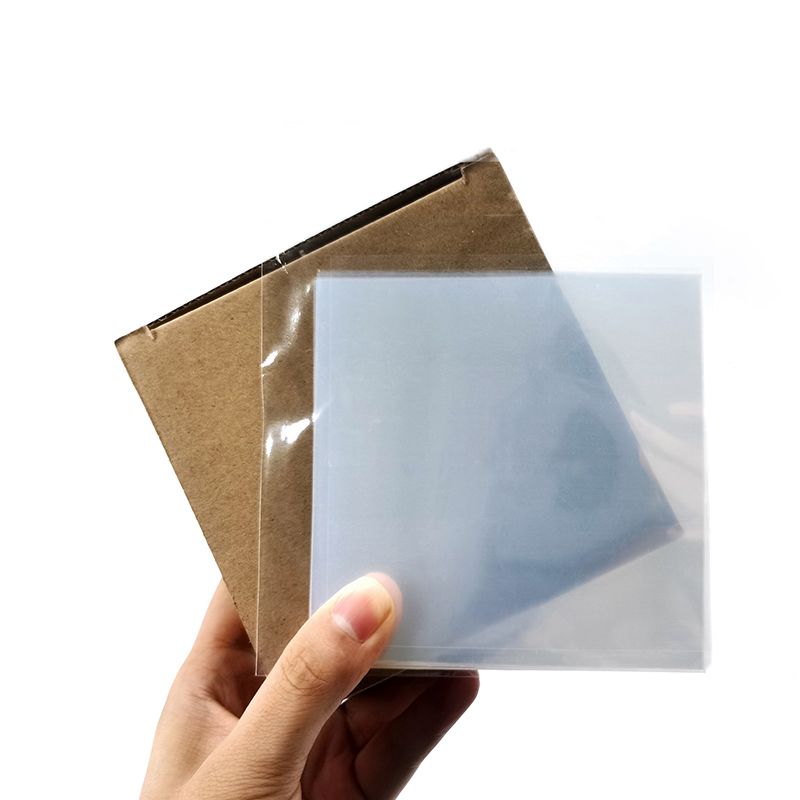Ensure the performance of PTFE open mesh conveyor belt substrate: production method with high temperature resistance as the core
In today's industrial production, PTFE (polytetrafluoroethylene) open mesh conveyor belt plays an irreplaceable role in many fields with its unique performance advantages. Especially in occasions where it is necessary to work in a high temperature environment, PTFE open mesh conveyor belt has become the first choice of many industries with its excellent high temperature resistance, good chemical stability and excellent wear resistance. However, to ensure that PTFE open mesh conveyor belt can work stably and efficiently in a high temperature environment, the uniformity, strength and high temperature resistance of its substrate have become the core links in the production process.
PTFE open mesh conveyor belts often need to work in extreme high temperature environments, which places extremely high demands on the performance of the substrate. High temperature resistance is one of the most critical indicators. In a high temperature environment, if the high temperature resistance of the substrate is insufficient, it is easy to deform, soften or even melt, resulting in the failure of the conveyor belt, which seriously affects the normal operation of the production line. Therefore, when selecting the substrate of the PTFE open mesh conveyor belt, its high temperature resistance level must be given priority.
High temperature resistance level is an important indicator to measure the substrate's stable mechanical properties in a high temperature environment. Generally speaking, the higher the high temperature resistance grade of the substrate, the better its stability at high temperature and the wider the temperature range it can withstand. Therefore, when producing PTFE open mesh conveyor belts, substrates with high temperature stability should be selected to ensure that they can still maintain their original mechanical properties and structural integrity at high temperatures.
In addition to selecting substrates with good high temperature stability, the heat treatment process in the production process is also a key link to ensure the high temperature resistance of the PTFE open mesh conveyor belt substrate. Heat treatment process parameters, such as sintering temperature and time, have a vital impact on the performance of the substrate. Sintering is an important process in the processing of PTFE substrates. Through high temperature sintering, the molecular structure of the substrate can be made tighter, and its mechanical properties and high temperature resistance can be improved.
However, the selection of sintering temperature and time is not easy. If the sintering temperature is too high or the time is too long, the substrate may change or be damaged due to excessive pyrolysis; if the sintering temperature is too low or the time is too short, the molecular structure of the substrate may not reach the expected tightness, thus affecting its high temperature resistance and mechanical properties. Therefore, during the production process, the heat treatment process parameters must be strictly controlled to ensure that the substrate can achieve the best performance during the sintering process.
In addition, in order to ensure the uniformity and strength of the PTFE open mesh conveyor belt substrate, the raw materials need to be strictly screened and tested. The quality of the raw materials directly determines the performance of the substrate, so those raw materials with stable quality and reliable performance must be selected for production. At the same time, during the production process, the substrate needs to be regularly tested for quality to ensure that its various performance indicators meet the design requirements.



 English
English Español
Español русский
русский






